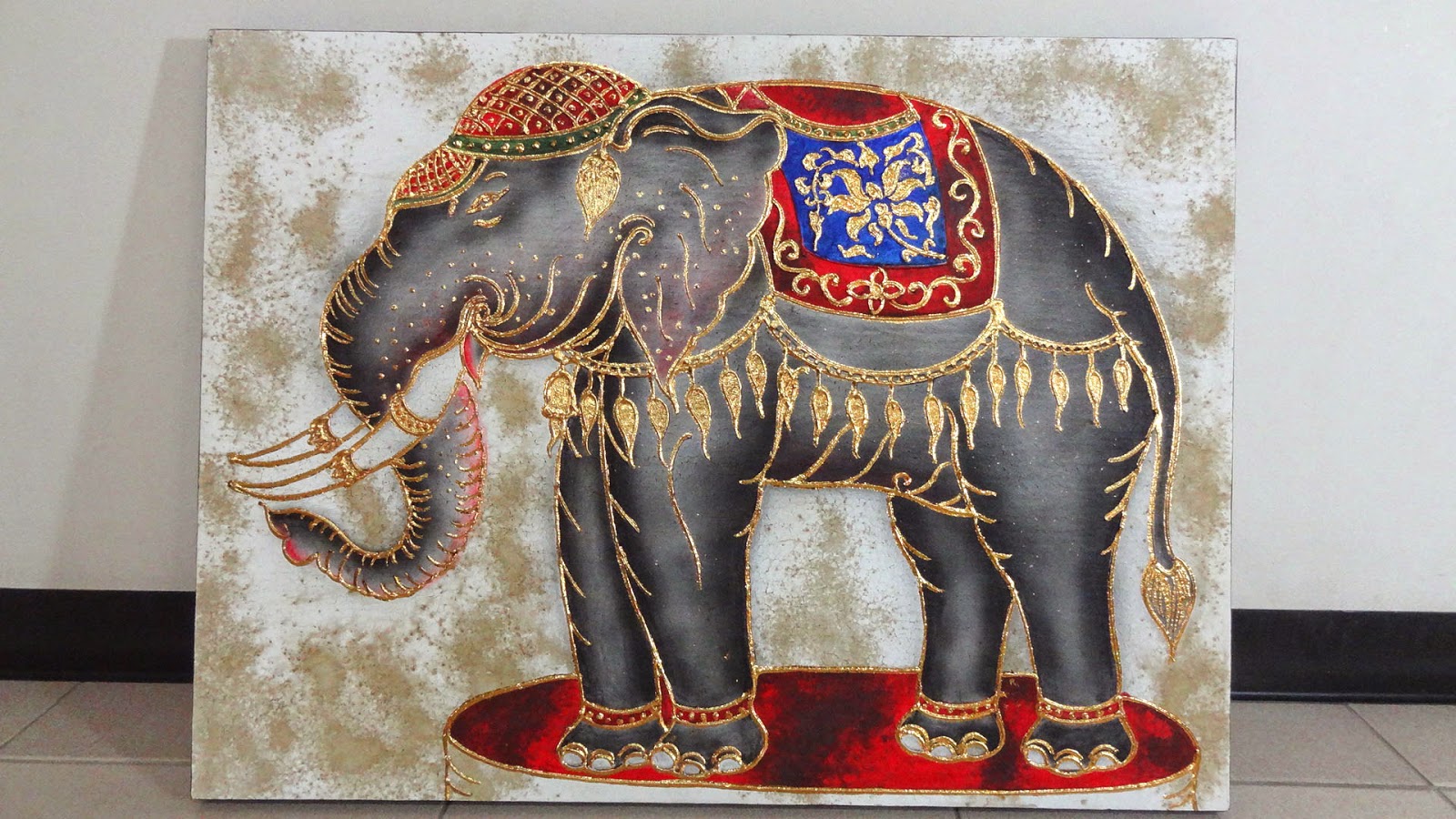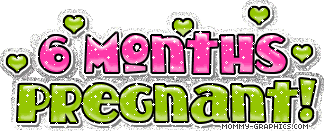My Sacred Elephants
ELEPHANTS The Asian elephant (gaja, hatthin or nāga) is a large land animal with thick grey skin, large ears and an elongated, prehensile nose called a trunk. It would be wrong to say that the elephant is ‘sacred’ in Buddhism in the sense that the creature is believed to have any special spiritual or holy significance. However, the ancient Buddhists noticed and were impressed by the fact that elephants could be trained by humans, beings many times smaller than themselves, by their thoughtful, deliberate behaviour, their patience and their intelligence. Consequently, throughout the Tipiṭaka,the Buddha and other enlightened people are often compared with elephants. When Doṇa encountered the Buddha sitting at the foot of a tree he appeared ‘beautiful, faith-inspiring, with calm senses and serene mind, utterly composed and controlled like a tamed, alert, perfectly-trained elephant’(A.II,36). The Buddha never looked over his shoulder when he wanted to see behind him but turned around completely the way an elephant does. This was called his ‘elephant look’ (D.II,122). In one remarkable poem in the scriptures, the Buddha’s virtues are compared with the various parts of a noble and majestic elephant. ‘Gentleness and harmlessness are his front legs; simplicity and celibacy are the hind legs. Faith is his trunk, equanimity his white tusks, mindfulness his neck and wisdom, his head .... Dhamma is his belly and solitude his tail. Meditating, focusing on his breath and being utterly composed, this mighty elephant walks, stands and sits with composure, he is perfectly trained and completely attained.’ (A.III,346-7). The Buddha had a special fondness for elephants judging by how often he referred to them. He seems to have been impressed by their intelligence, their mindful, deliberate behaviour and particularly the males’ penchant for living alone in the jungle. He said, ‘On this matter the enlightened sage and the elephant with tusks as long as plough poles agree, they both love the solitude of the forest.’ (Ud.42). In some ways the Buddha even considered them better than humans. The elephant trainer Pessa once said to him: ‘Humans are a tangle while animals are straightforward. I can drive an elephant undergoing training and in the time it takes to make a trip to and from Campa, that elephant will exhibit every kind of stubbornness, truculence and trickery. But our servants, messengers and employees, they say one thing, do another and think something else.’ The Buddha agreed with Pessa (M.I,340). Perhaps the Buddha’s most delightful and well-known parable is about the blind men and the elephant (Ud.68-9). - See more at: http://www.buddhisma2z.com/content.php?id=123#sthash.ISATPqKg.dpuf


